
WHDE offers a set of free resources for teachers to help students better understand Korea. The lesson plans cover a variety of topics including geography, religion, economic development, culture, history, and the Korean War. Search our archive of lessons plans by topic, skill or grade level. You can find more teaching resources on the Korean War on the Korean War Legacy Foundation website. Visit teachingaboutnorthkorea.org to find lesson plans and activities for teaching about North Korea.

This lesson exposes students to various aspects of South Korea while allowing them to compare some of those elements to other places such as the United States and North Korea.
Author: Rebecca Turnbull
Grades: Secondary (9-12)
Time: 3 50-minute classes
Participation Year: Fellowship 2019
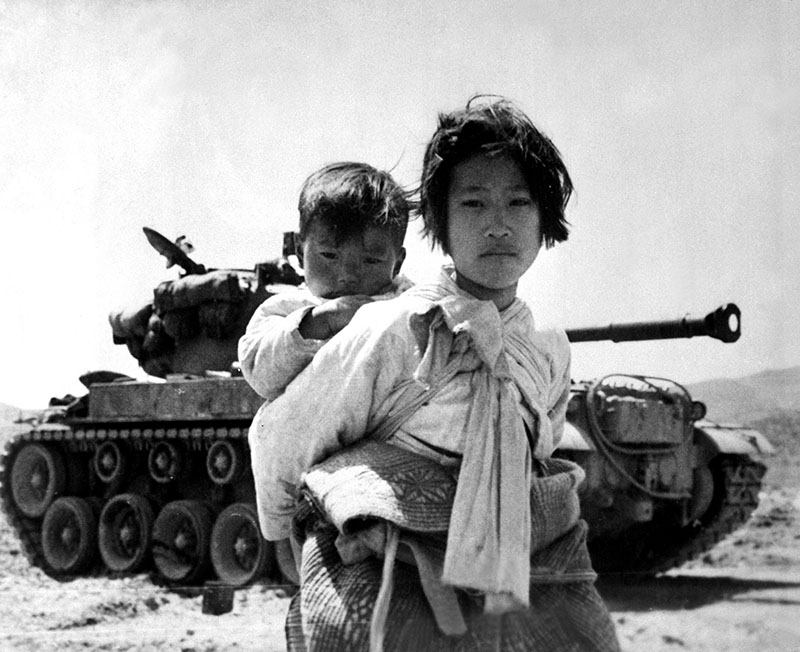
The main focus of this lesson plan is to make students aware of the impact the Korean War had on children. They will examine pictures and text to help them make a connection to children during war. The reflection piece of the lesson lets them compare how children (maybe their age) were affected by the war and its implications.
Author: Michelle Sowinski
Time: 50 minutes
Participation Year: Fellowship 2019

Students will be given the compelling question which will guide the entire inquiry. This lesson is a student driven lesson in which they will build their own understanding through the analysis of rich texts which depict the transformation in the South Korean economy, the causes for the economic growth, and a contrast with current status of the North Korean economy.
Advanced Placement Lessons: Lesson 5.5 and 5.6 address curricular requirements in the Advanced Placement Macroeconomics curriculum. As opposed to teaching economic growth and the use of fiscal policies in a vacuum, real examples from South Korea’s economic growth are utilized to enhance student understanding of the curricula.
Author: Michelle Penyy
Grades: Secondary (9-12)
Time: 2-3 sessions
Participation Year: Fellowship 2019
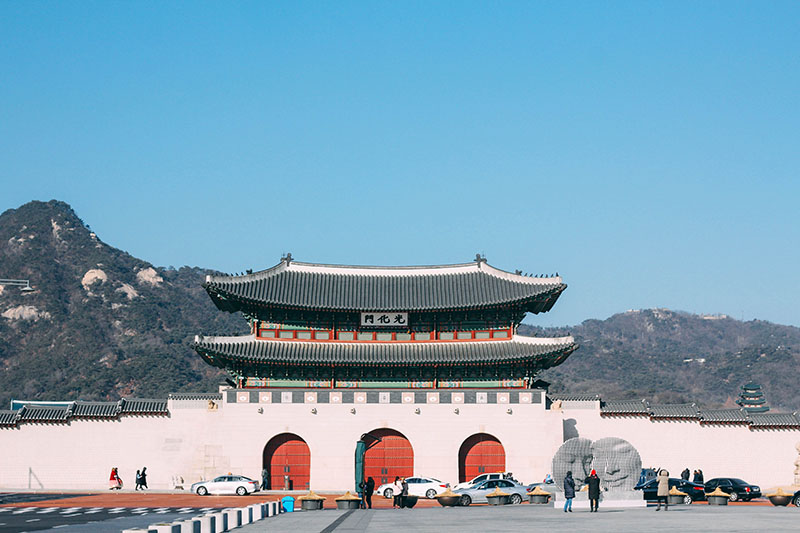
This lesson can serve as an introductory lesson to a unit on Korea. In this lesson, students will be interacting in a photo gallery walk activity. In various places around the classroom, there will be exhibit stations that pertain to different factors regarding Ancient Korea’s geography, history, and culture. Students will work in pairs or small groups. They will have 3 minutes at each station to read the descriptions, analyze images, and answer questions about Korea. Afterwards, students will come together as a class to discuss the new information they learned.
Author: Mariah Pol
Time: 1 75-minute class
Participation Year: Fellowship 2019

This is a two day exercise to be used as an activity within a unit on Buddhism. Students should be allowed at least one week (including at least one weekend) to read the book Siddhartha (Hesse, H., 1922; English Translation by Applebaum, S., 1998) during unit of study but before the activity.
Author: Kristine Harper
Grades: Secondary (9-12)
Time: Two classes
Participation Year: Fellowship 2018

At the Robert F. Kennedy Community Schools, a mural ignited a firestorm of debate. The mural depicts the history of the school site, which was formerly home to the historic Ambassador Hotel. The background design of the mural is a series of red rays radiating outward. Local Korean organizations wrote letters to the school district, demanding that the mural be taken down, as it looked too much like the Japanese imperial flag. The artist claimed that the background design was not intended to evoke that history, and that it was a common design motif used in art. The school district agreed to paint over the mural, but the teachers and artist fought back, on the grounds of creative freedom and censorship. After enough pressure from a prominent artist, the district backed down. In this lesson, students will read statements put out by various groups, to learn more about the competing issues at play. They will read about Korea’s history under Japanese rule, compare and contrast the mural and Japanese imperial flag, read about the censorship concerns, and develop a solution that is grounded in factual evidence.
Author: Isabel Morales
Grades: Secondary (9-12)
Time: Two 60-minute periods
Participation Year: Fellowship 2018
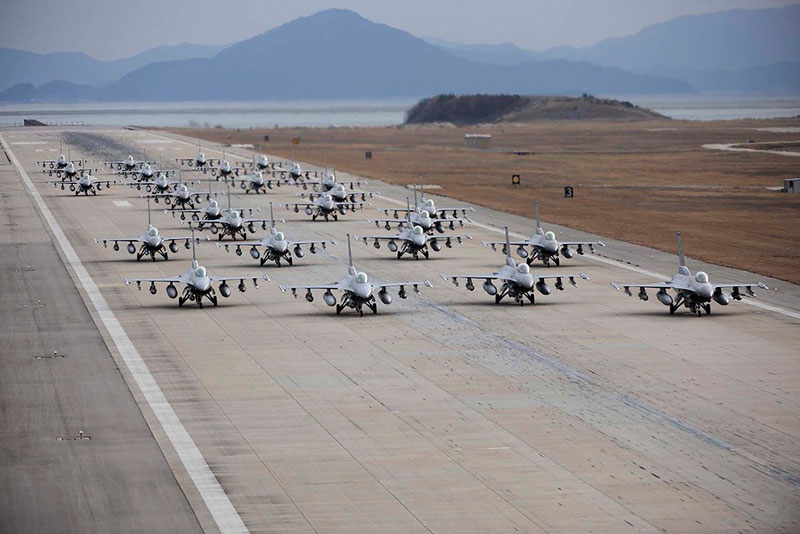
The main focus of “Can North Korea be Trusted” lesson is about the deconstruction of the Nuclear Missiles Through research and reading, students will confirm facts and historical
Author: Mary Ellen Richichi
Grades: Secondary (9-12)
Time: One 55-minute class
Participation Year: Fellowship 2018
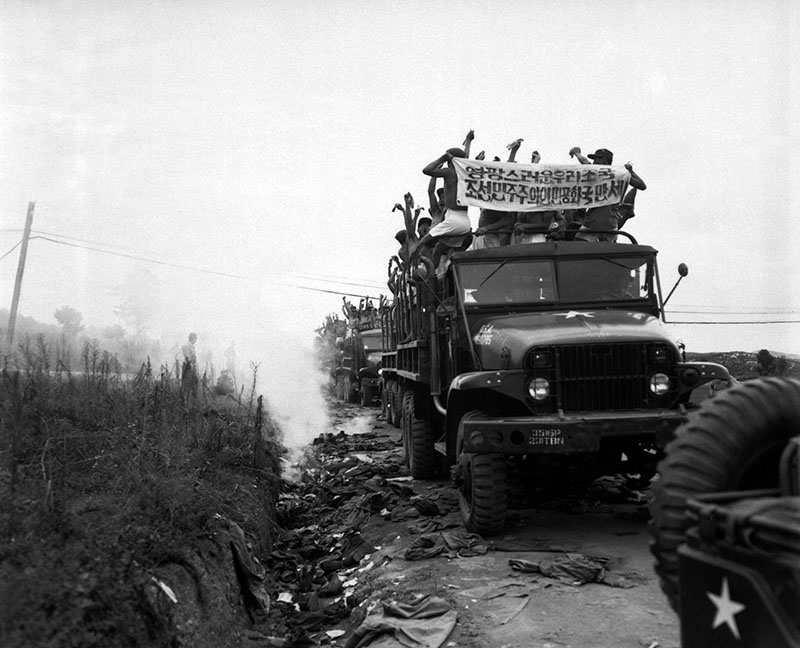
This lesson is primarily designed for use in a modern world history survey course, specifically within a unit that examines how forces unleashed by the Cold War and decolonization affected many developing nations in the post-WWII era. The lesson is purposely brief so that it can be realistically incorporated into a survey course, although lesson activities could be expanded. In this lesson, students will explore how the forces of decolonization and the Cold War impacted the people of Korea between 1945-1950, as well as determined policy choices made by the United States and the Soviet Union. Students will examine the various perspectives that existed within post-colonial Korea, as well as those from the Americans and Soviets. Students will use these perspectives to identify likely allies and will create a criteria for alliances.
Author: Kristin Kramer
Grades: Secondary (9-12)
Time: 1-2 50-minute classes
Participation Year: Fellowship 2019
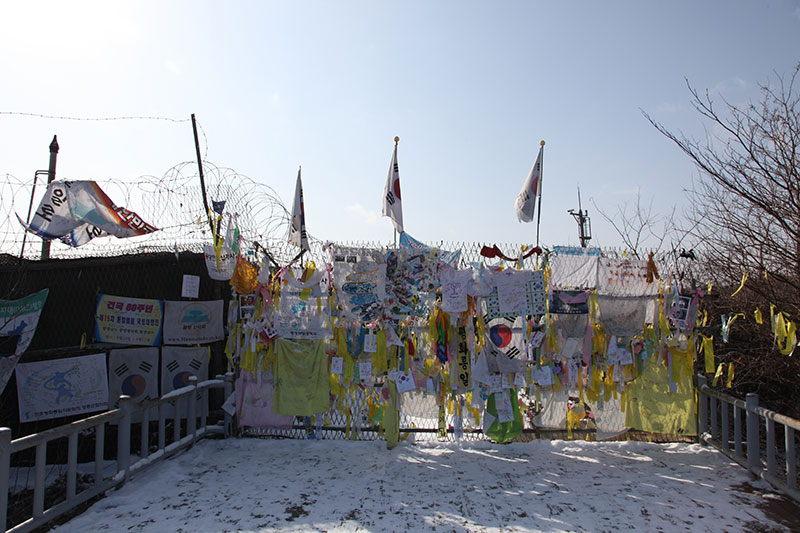
This is a DBQ that may be used as a summative assessment for AP World History courses, or for any upper-level class that focuses on modern world history. The end of the Second World War saw two nations divided along ideological lines: Germany and Korea. While each nation had similarities in their divisions, e.g. the ideology behind them, physical deterrents for crossing borders, and the threat of arrest or death as a result of attempted escape ;the primary difference is that while Germany was an enemy combatant state during the Second World War, Korea was a colony of another, Japan, and was itself a victim of oppression and occupation. While initially occupied by the United States at the end of the War, Japan remained whole, while Korea remains divided today. The point of this assessment is to hopefully bring together the European and Pacific Theatres of the post-war period and the early Cold War period. the DMZ was created in 1953, at the end of the Korean War, and the Berlin Wall was erected in 1962, as a response to the mass migration of Eastern Germans looking to escape to the West. However, while the Berlin Wall fell in 1989 and Germany (the original combatant) is now a unified, successful, democratic nation, Korea remains divided today, and the Demilitarized Zone between the ‘two Koreas’ remains one of the most militarized places on earth. This assessment, or if used as part of an in-class activity/lesson, allows students to analyze the reasons why.
Author: Laura Huffman
Grades: Secondary (9-12)
Time: 60 minutes
Participation Year: Fellowship 2019
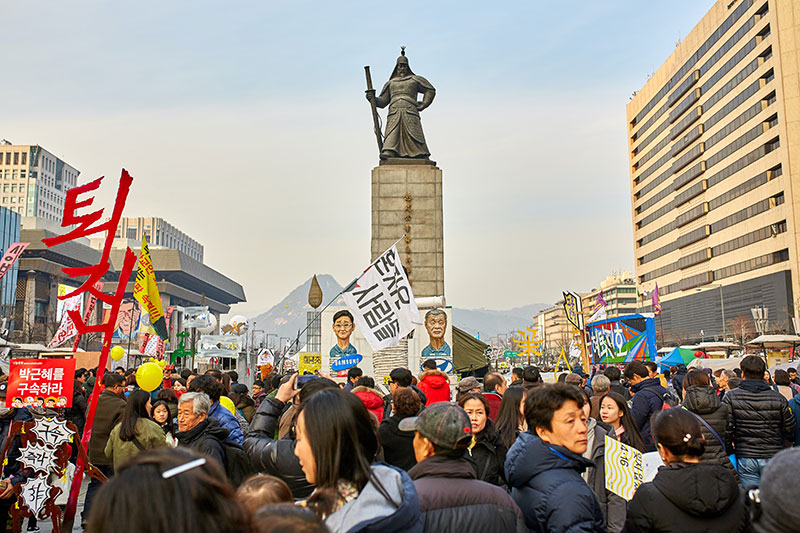
This lesson focuses on the question, “Why does the South Korean government take such an active role in society?”
Author: Andrew Levin
Grades: Secondary (9-12)
Time: 90 minutes
Participation Year: Fellowship 2020
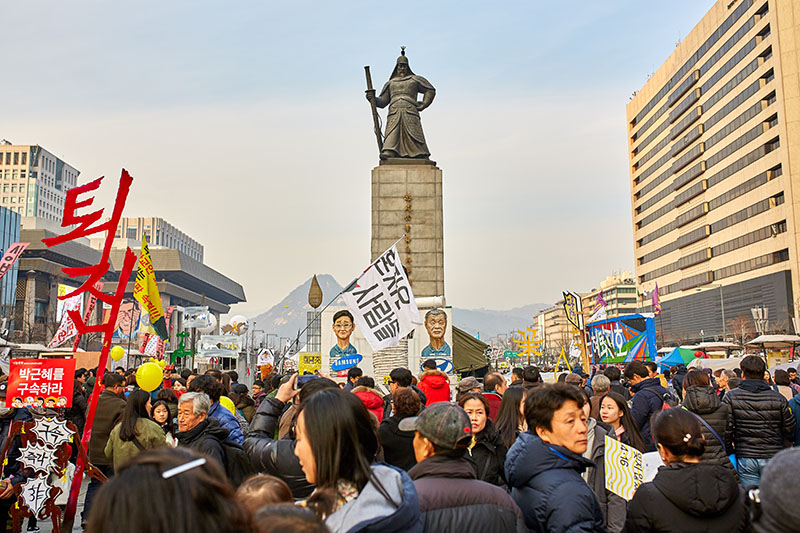
With the assistance of the United States and numerous other foreign nations and the dedication and sacrifices of the Korean people, the Republic of Korea emerged out of the oppressions of Japanese occupation and the chaos of the Korean War. Through a tumultuous political history over the next several decades, Korea has emerged as a vibrant democracy that consistently ranks among the most democratic societies on the globe and particularly in Asia. This lesson explores the different approaches to rights reflected in the constitutions of the United States and South Korea. Students will examine Chapter II of The Constitution of the Republic of Korea in relationship to their study and understanding of the United States Constitution. The students will then be able to compare and contrast specific provisions of the two documents and formulate hypotheses about why the two documents approach rights differently.
Author: Dan Kelly
Grades: Secondary (9-12)
Time: One 90 minute block period or two 45 minute regular periods
Participation Year: Fellowship 2019